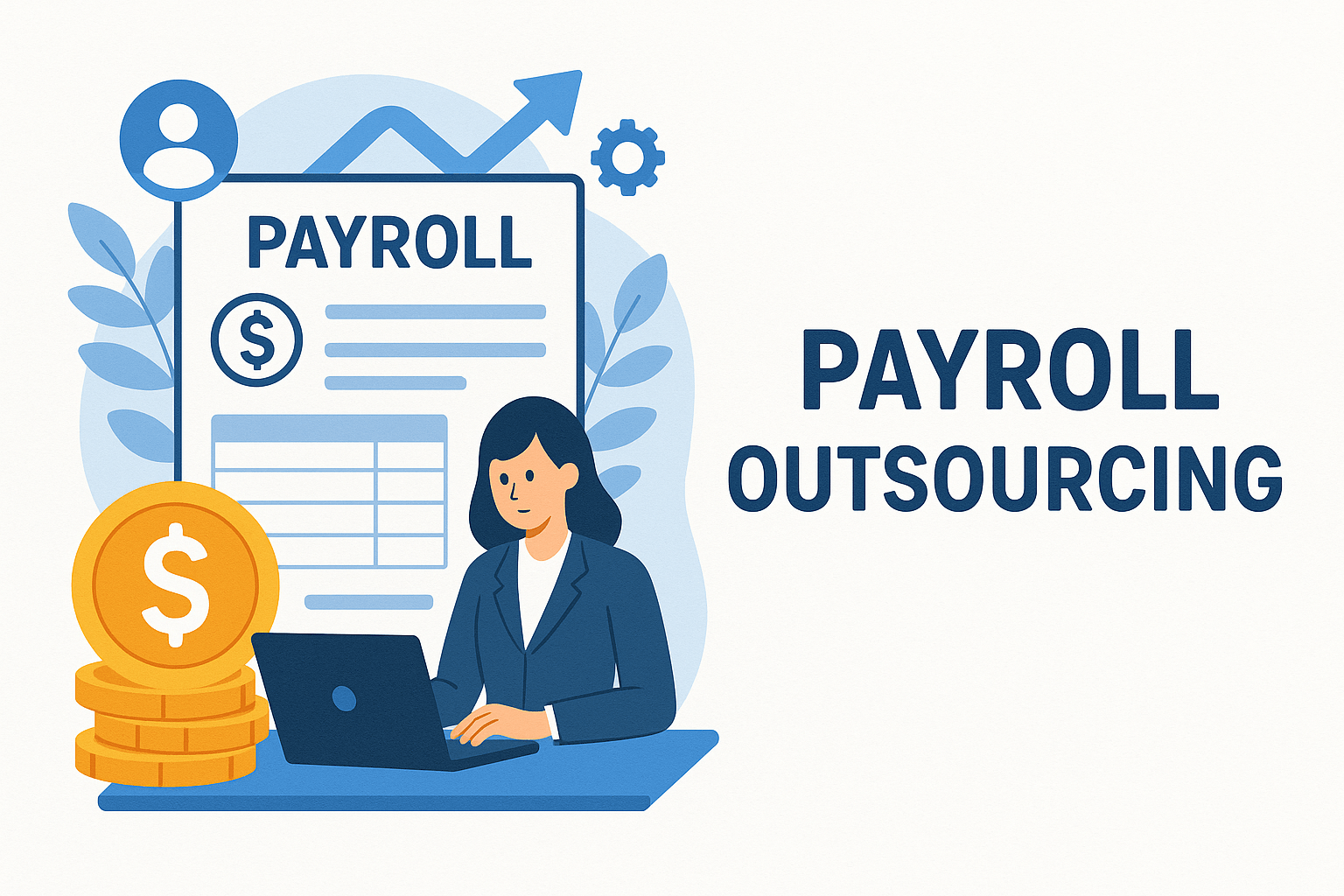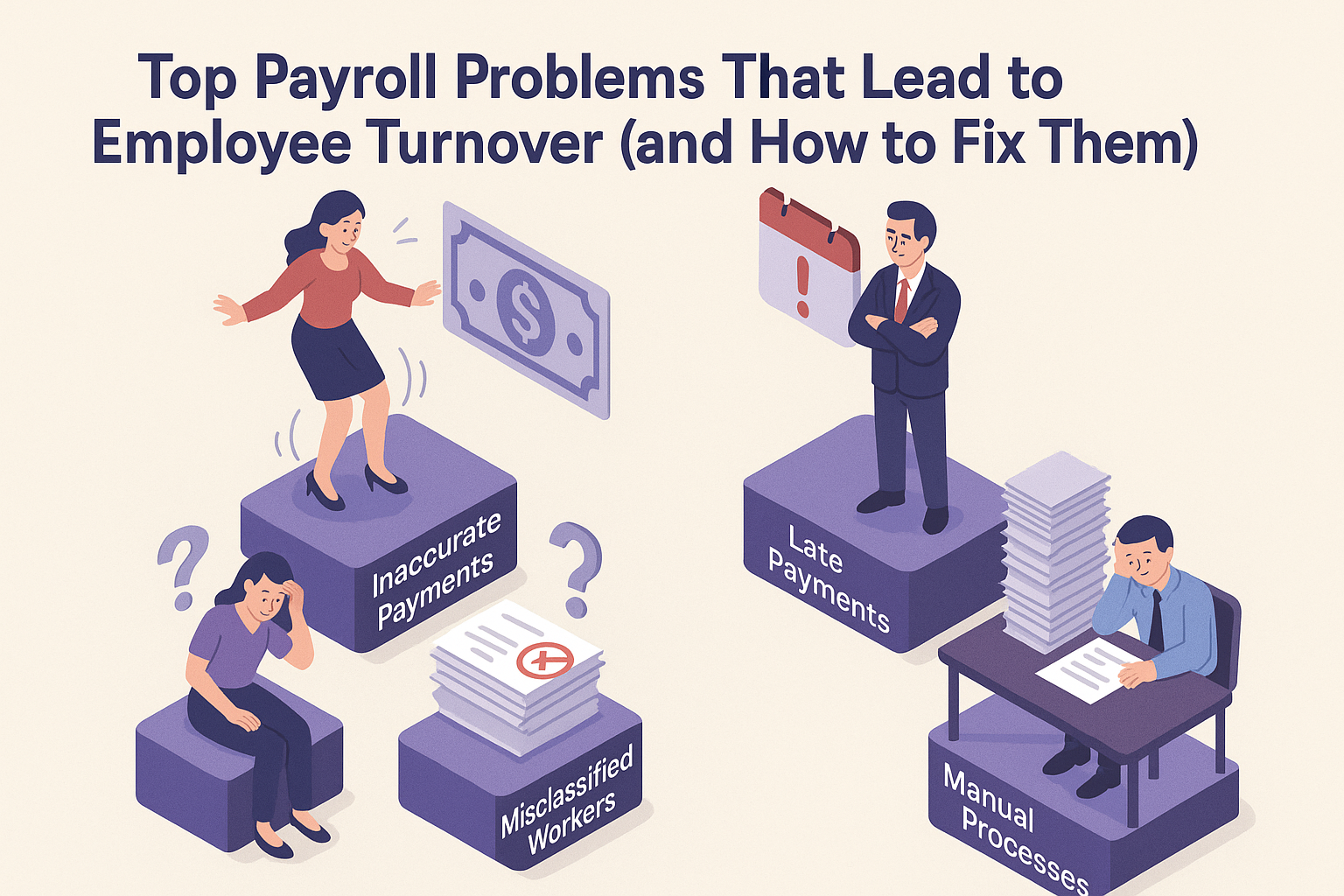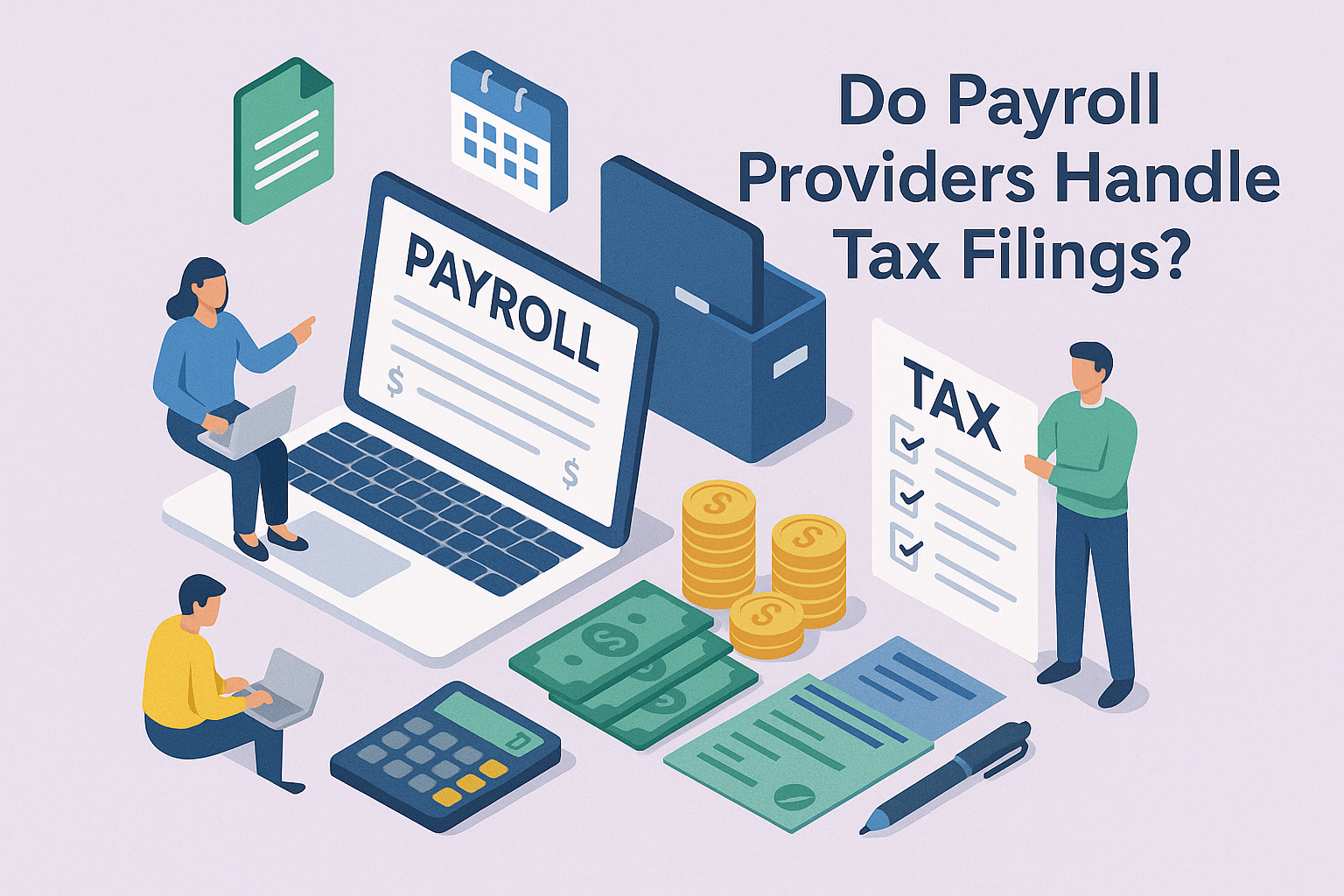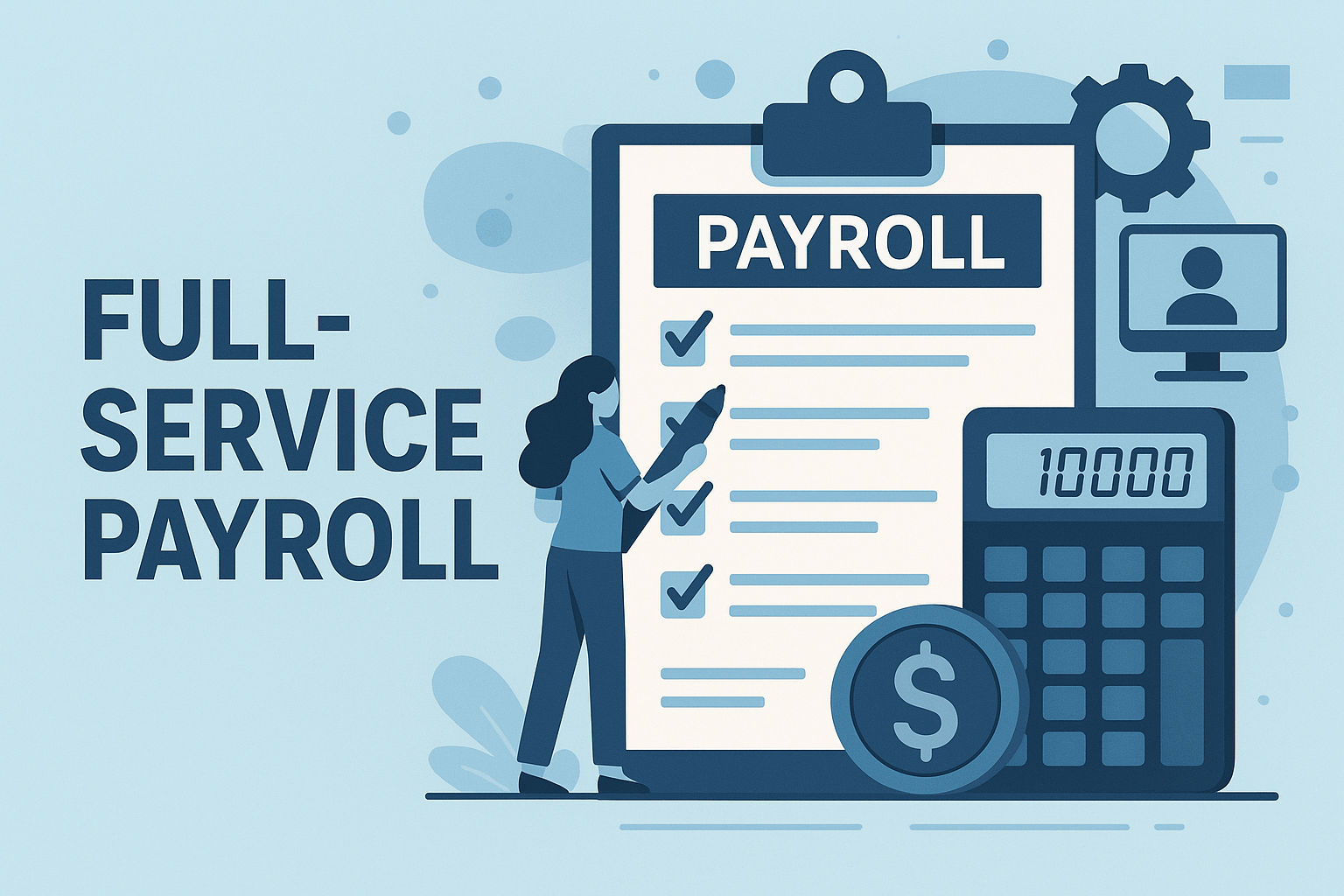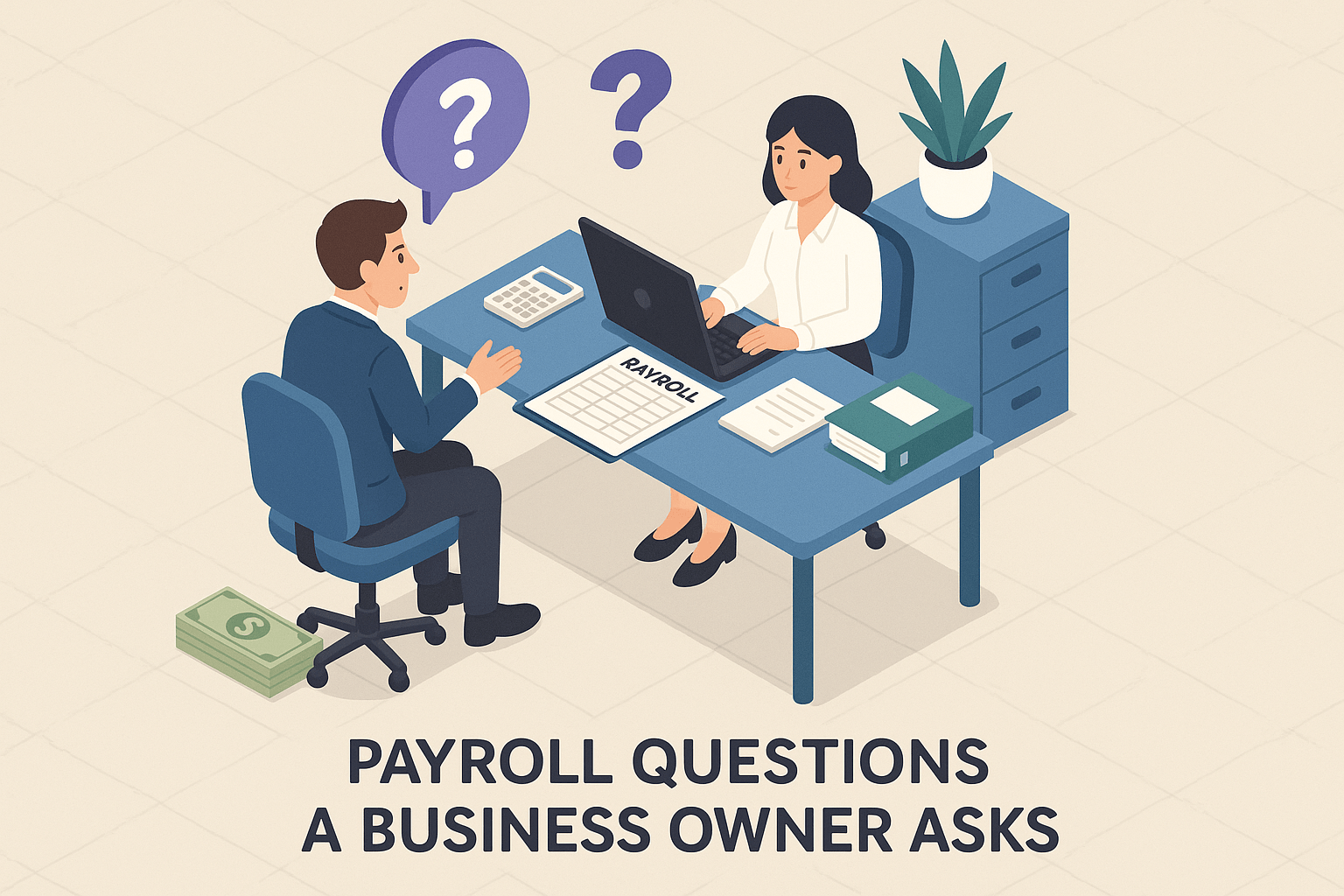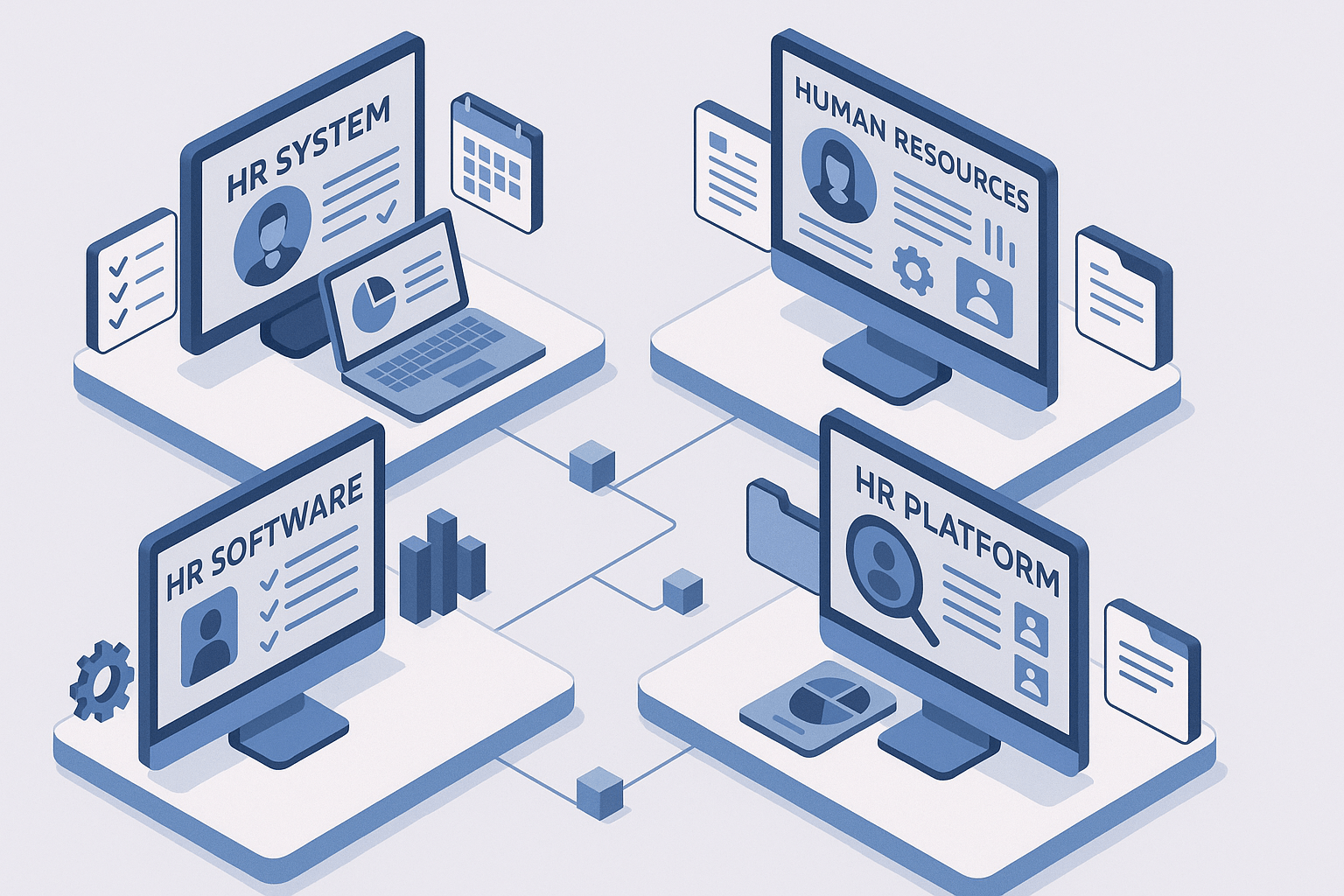Best HR Practices for Remote Work in 2025
September 23rd, 2024
5 min read
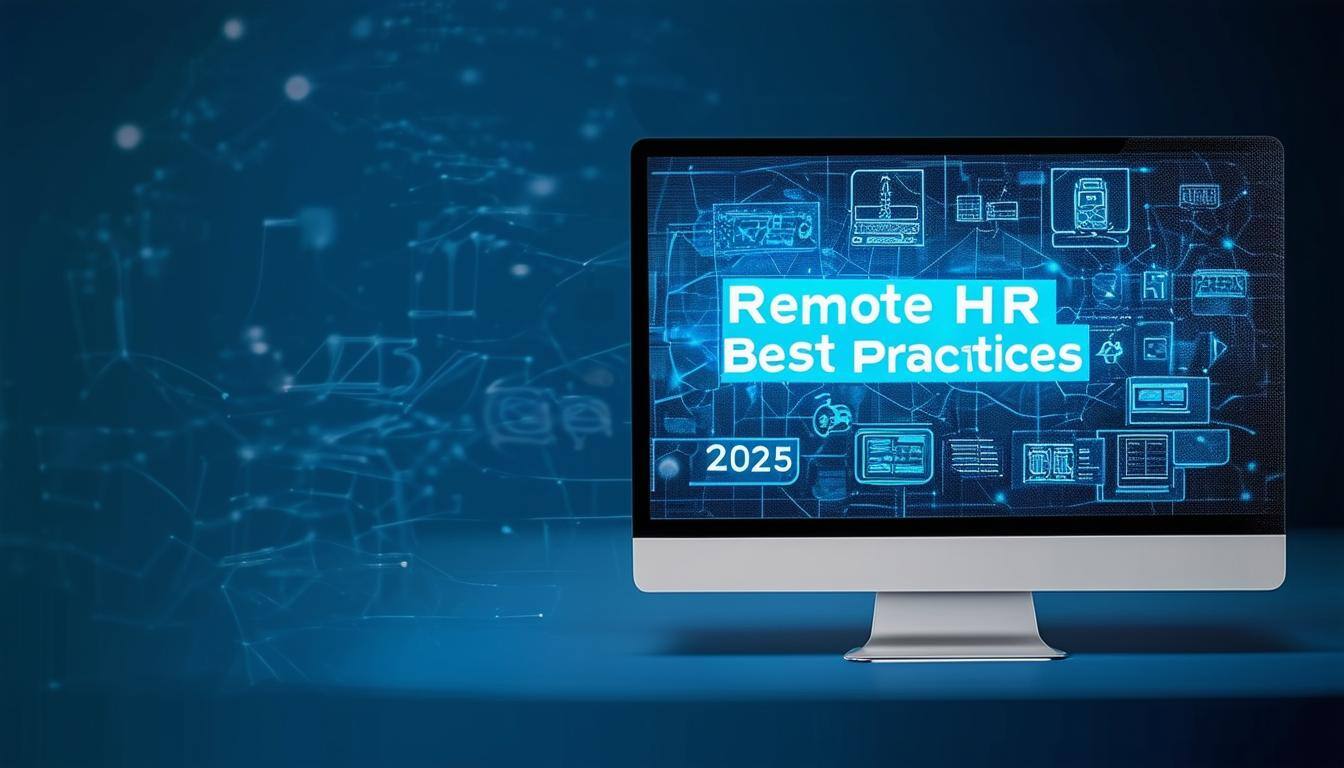
Managing a remote workforce can feel like navigating uncharted waters. You might be struggling to ensure that your team stays connected, engaged, and productive when they’re scattered across different time zones, facing distractions at home. Maybe you’re losing sleep over whether your company culture will survive without daily office interactions. And then there’s the looming concern about legal compliance across different regions—how can you possibly keep up?
At Lift HCM, we’ve supported countless organizations as they transition to remote work. We understand the nuances of keeping teams aligned and productive in this new normal. With decades of experience and specialized solutions, we’ve helped businesses of all sizes successfully manage remote teams by focusing on the right HR practices, tools, and strategies.
In this article, we’ll break down the key HR practices that can help you streamline your remote work operations. By the end, you’ll have practical, actionable steps to enhance communication, boost employee engagement, ensure compliance, and improve productivity—all while building a strong, cohesive remote work culture.
Table of Contents
- 1. How to Build a Thriving Remote Work Culture
- 2. The Best Tools for Clear and Effective Remote Team Communication
- 3. A Step-by-Step Guide to Onboarding Remote Employees Successfully
- 4. Tracking Remote Employee Performance Without Micromanaging
- 5. Top Strategies to Keep Your Remote Team Engaged and Motivated
- Ensuring Longevity and Success of Your Remote HR Practices with Lift HCM
1. How to Build a Thriving Remote Work Culture
A remote work culture doesn’t happen by accident. It requires deliberate action to unite employees and foster a sense of belonging, even when separated by miles or time zones. The challenge lies in maintaining a unified culture when face-to-face interactions are limited.
Best Practices:
- Define Core Values: Ensure that your company’s core values are at the heart of all remote activities. These values help guide decisions and behaviors regardless of physical location.
- Use Virtual Team-Building: Just because you’re not in the office doesn’t mean team bonding has to stop. Regular virtual team-building activities like online games, coffee chats, or even virtual lunch hours can help remote employees feel connected.
- Encourage Collaboration: When your team can collaborate easily using tools like Microsoft Teams or Zoom, you reduce confusion and increase productivity. You’ll find fewer misunderstandings, and your team will feel more like they’re working together, even from afar.
📌 Lift HCM Tip: Here at Lift HCM, we use Microsft Teams for internal communications, demos, client training, and much more!
2. The Best Tools for Clear and Effective Remote Team Communication
One of the biggest challenges of remote work is keeping everyone on the same page. Without clear communication, it’s like driving through fog—you’re moving, but no one is really sure where they’re going. This can lead to missed deadlines, confusion about roles, and ultimately, frustration for everyone involved.
Best Practices:
- Designate Communication Channels: Use specific tools for different types of communication—Slack or Microsoft Teams for instant messaging, Zoom for virtual meetings, and email for more formal communication.
- Video Conferencing Best Practices: Ensure all meetings have a clear agenda, and consider making video attendance mandatory to encourage engagement. This is especially important for maintaining personal connections within the team.
- Daily or Weekly Standups: Implement regular check-ins where team members can update each other on their progress. This helps maintain transparency and accountability across the board.
This pie chart highlights the common challenges faced by remote workers, such as communication issues, loneliness, and distractions.

As crucial as communication is, it’s only the beginning. A smooth onboarding process for your remote employees is equally important to set them up for success.
3. A Step-by-Step Guide to Onboarding Remote Employees Successfully
When onboarding remote employees, a lack of face-to-face interaction can make it difficult for new hires to acclimate to the team and culture. Remote onboarding must be thorough and engaging to set new employees up for success.
Best Practices:
- Pre-Onboarding Preparation: Ship any necessary equipment and set up accounts for tools and platforms before the employee’s start date. This ensures they can begin work seamlessly.
- Virtual Orientation Sessions: Use video calls to introduce new hires to key team members, explain company culture, and provide training. Having a structured orientation plan ensures new employees feel included and informed.
- Assign a Mentor: Pair new hires with a seasoned team member who can guide them through their first few weeks and answer any questions.
4. Tracking Remote Employee Performance Without Micromanaging
With employees working from home, measuring productivity without feeling like you’re micromanaging can be challenging. The key is to focus on results rather than the number of hours an employee spends at their desk.
This bar chart shows the difference in productivity between employees working remotely and those working in the office.

Best Practices:
- Outcome-Based Evaluation: Shift your focus from hours worked to the outcomes and goals achieved. This not only encourages accountability but also gives employees the flexibility to manage their own time.
- Use Project Management Tools: Platforms like Asana or Trello allow you to track tasks, deadlines, and progress in real time, giving you a clear picture of what each team member is working on.
- Regular Feedback and Reviews: Schedule regular performance reviews to provide feedback and discuss goals. Continuous feedback helps employees stay aligned and motivated.
5. Top Strategies to Keep Your Remote Team Engaged and Motivated
Keeping remote employees engaged can be difficult without the face-to-face interactions and social opportunities an office provides. However, many ways exist to ensure remote workers remain connected and invested in their roles.
Best Practices:
- Recognize Achievements: Acknowledge and reward individual and team accomplishments. Virtual shout-outs during meetings or recognition through platforms like Bonusly can go a long way in boosting morale.
- Promote Mental Health Resources: Ensure your employees have access to mental health resources and encourage regular breaks. Promoting work-life balance is crucial for maintaining well-being in a remote work environment.
- Pulse Surveys: Use anonymous surveys to gather employee satisfaction and engagement feedback. Address any concerns and adapt your strategies accordingly.
6. The Legal and Compliance Must-Haves for Managing a Remote Workforce
Compliance becomes more complex when managing a remote workforce, especially if employees work in different states or countries. HR must ensure that labor laws are followed in all applicable jurisdictions.
Best Practices:
- Understand Local Laws: Stay up-to-date with labor laws in the regions where your remote employees are based. This includes tax requirements, benefits, and working hours.
- Revise Company Policies: Update your employee handbook to reflect remote work policies, including data security measures, acceptable use of company equipment, and confidentiality requirements.
Ensuring Longevity and Success of Your Remote HR Practices with Lift HCM
Throughout this article, we’ve covered practical, actionable steps to tackle these challenges head-on. From building a solid remote culture and implementing practical communication tools to onboarding employees remotely and tracking productivity with the right technology, we’ve provided a roadmap to ensure your remote team thrives.
But the work doesn’t stop here. As remote work continues to evolve, so must your HR practices. At Lift HCM, we specialize in helping businesses like yours stay ahead of the curve. Our cloud-based HR and payroll platform is designed to simplify the complexities of managing remote teams, from compliance and performance tracking to employee engagement.
Reach out to Lift HCM today to explore how our solutions can help you build a flexible, scalable remote work environment that empowers your team and drives your business forward. Whether you’re just starting your remote work journey or refining your existing processes, we’re here to partner with you every step of the way.
Please note that this article does not cover all possible scenarios, and any discussions or viewpoints should not be considered legal advice. Readers are advised to consult with legal professionals for specific legal guidance.
.jpg?width=230&height=153&name=composition-with-book-light-bulb(1).jpg) If you are not yet ready to speak with a team member, you may find these resources helpful:
If you are not yet ready to speak with a team member, you may find these resources helpful:
Caitlin Kapolas is a results-driven professional with a strong background in account management and retail. She is dedicated to improving client experiences and building lasting relationships. Caitlin excels in identifying client needs, resolving issues, and implementing customized solutions that drive value. Her effective communication skills ensure high client satisfaction and loyalty, making her a trusted advisor and partner in meeting client needs with precision and professionalism.
Topics:



.png?width=1536&height=1024&name=Create%20a%20background%20that%20reads%2c%20How%20Long%20to%20Keep%20P%20(1).png)





